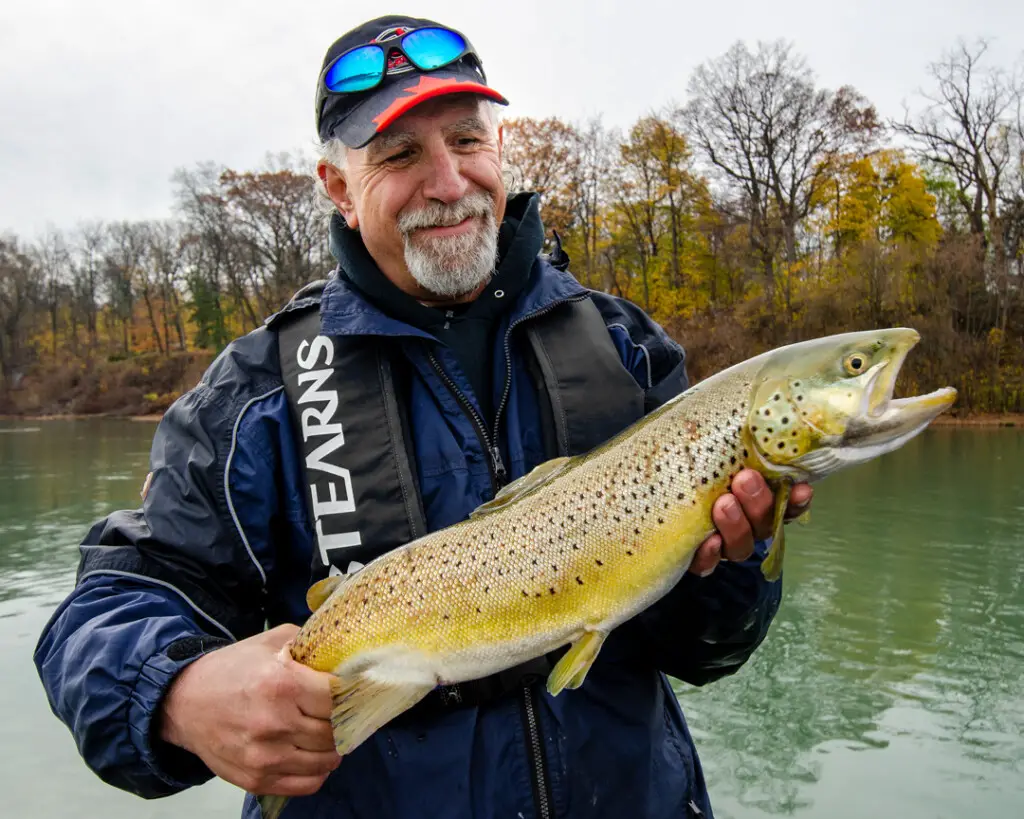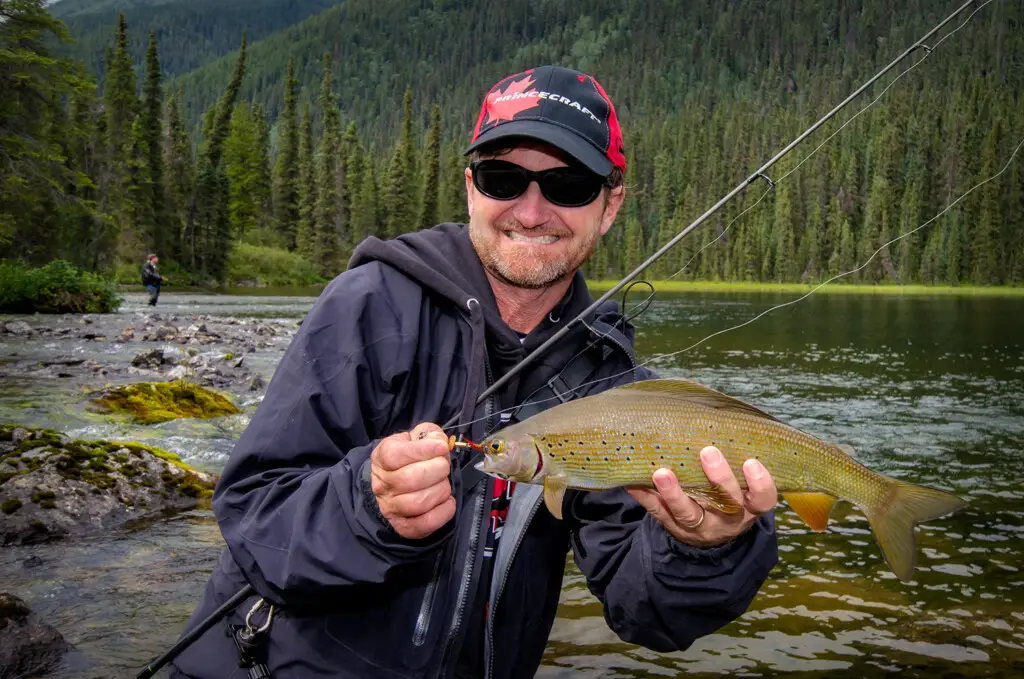Brook Trout, a favorite fish for anglers and an important part of freshwater ecosystems, have long been considered vulnerable to climate change. Rising water temperatures in streams and rivers were thought to pose a major threat to their survival. But a new study from Penn State offers a glimmer of hope.
The Study: Can Trout Keep Up with the Heat?
How the Study Was Conducted
The researchers wanted to know if brook trout could adapt to rising water temperatures. To find out, they combined fieldwork, lab experiments, and genetic analysis. Here’s how it all worked:
1. Selecting Streams with Different Temperatures
They started by choosing several streams in the Loyalsock Creek watershed in Pennsylvania. These streams naturally varied in temperature:
- Some were consistently cold
- Others were slightly warmer, due to their location or environmental factors
This variation allowed scientists to compare trout living under different thermal conditions.
2. Capturing the Fish
Brook Trout were carefully caught from each stream using electrofishing (a common research method that stuns the fish without harming them). The team made sure to take fish from streams that had long-term temperature records, so they knew exactly how warm or cool the water had been over time.
3. Lab Testing for Heat Tolerance
Once in the lab, the trout were acclimated to the same base temperature to make the experiment fair. Then, scientists tested each fish’s Critical Thermal Maximum (CTMax)—the highest temperature the fish could handle before losing equilibrium (basically, the point where it could no longer swim properly).
They also measured how long it took the fish to recover from heat stress, tracking things like heart rate and movement after brief exposure to high temperatures.
4. Genetic Analysis
To understand why some trout could handle heat better, researchers took tissue samples and analyzed their genetic differences. They found that trout from warmer streams had genetic markers associated with thermal resilience, meaning their biology had adapted over time.
Putting It All Together
By comparing:
- Stream temperature data (long-term records)
- Physical responses to heat in the lab
- Genetic profiles of the fish
…the researchers could conclude that Brook Trout from warmer environments were developing real, biological adaptations that helped them survive in hotter water.
This combination of ecological fieldwork, controlled experiments, and genetic testing made the study one of the most comprehensive efforts to understand how wild fish populations might cope with climate change.
How Brook Trout Compare to Other Fish Species in Warm Water
Brook trout are cold-water fish, meaning they thrive in cool, oxygen-rich streams. Compared to other fish species, their ability to tolerate rising temperatures is limited, but they show some adaptability. Here’s how they compare to other types of fish:
1. Brown Trout & Rainbow Trout (More Heat-Tolerant)

- Brown Trout and Rainbow Trout can handle warmer water better than Brook Trout.
- Brown Trout can survive up to 75°F (24°C), while Rainbow Trout manage up to 77°F (25°C) before experiencing severe stress.
- These species are often introduced into rivers where Brook Trout populations are struggling due to warming.
2. Smallmouth Bass & Largemouth Bass (Warm-Water Fish)

- These fish thrive in warmer lakes and rivers, tolerating temperatures above 80°F (27°C).
- Unlike Brook Trout, they don’t need cold, highly oxygenated water, making them more adaptable to climate change.
- As temperatures rise, bass populations are expanding northward, often competing with trout for food and habitat.
3. Arctic Grayling & Lake Trout (Even More Sensitive to Heat)

- Arctic Grayling and Lake Trout are even more cold-dependent than Brook Trout.
- Lake Trout need water below 55°F (13°C) to thrive, making them highly vulnerable to warming lakes.
What This Means for Brook Trout
- Compared to bass or Brown Trout, brook trout are at a higher risk as temperatures rise.
- Their ability to adjust through gene expression gives them a temporary advantage, but it may not be enough if climate warming continues.
- Conservation efforts might need to restore cold-water habitats (e.g., planting trees for shade, restoring groundwater flow) to help brook trout survive long-term.
Understanding how Brook Trout compare to other fish helps predict future changes in aquatic ecosystems and guides efforts to protect vulnerable species.





